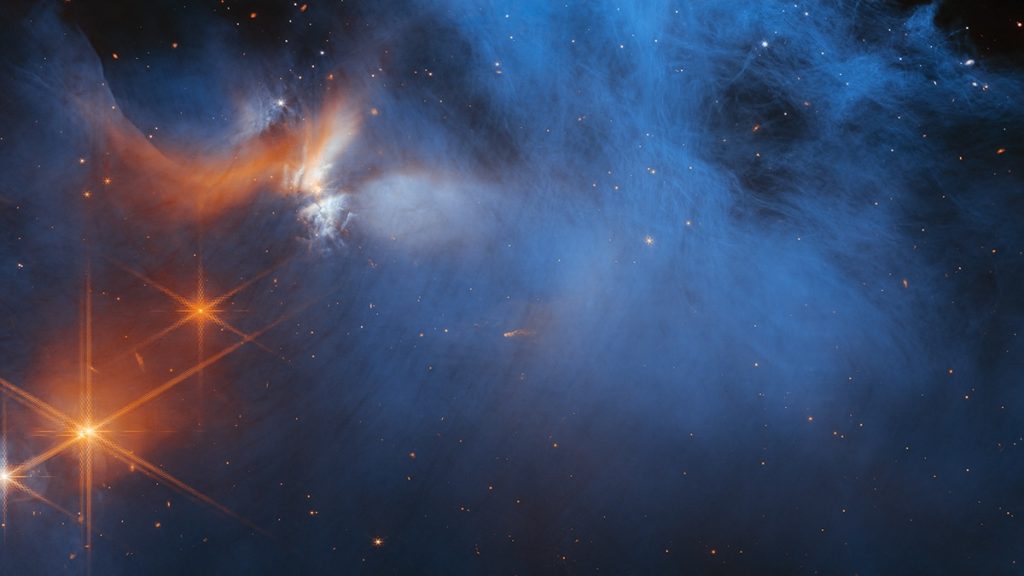NASA’s SPHEREx mission is set to embark on an extensive survey of the Milky Way, aiming to locate water ice and other essential compounds associated with the formation of life. Slated for launch no earlier than February 27, the spacecraft will be carried into orbit aboard a SpaceX Falcon 9 rocket from Vandenberg Space Force Base in California. Once operational, it will analyse frozen elements in molecular clouds, vast regions of gas and dust where planets and stars originate. The mission seeks to understand the distribution and formation of these life-enabling substances, shedding light on their role in planetary evolution.
Mapping Molecular Clouds
According to the SPHEREx mission details, the telescope will conduct a large-scale survey of the galaxy, distinguishing itself from previous space observatories. Unlike missions such as NASA’s James Webb Space Telescope and the retired Spitzer Space Telescope, which have detected frozen compounds in targeted regions, SPHEREx will provide a comprehensive map by analysing over 9 million line-of-sight observations. By measuring how ice accumulates in different environments within molecular clouds, scientists will gain insight into how these compounds influence planetary development.
Uncovering Hidden Water Reserves
As reported by NASA, previous research, including findings from NASA’s Submillimeter Wave Astronomy Satellite (SWAS), indicated that far less gaseous water was present in molecular clouds than expected. As per reports, scientists proposed that this water was likely locked in ice on interstellar dust grains rather than existing in a gaseous state. Gary Melnick, Senior Astronomer at the Center for Astrophysics | Harvard & Smithsonian, stated in an official press release that these findings suggested deeper layers of molecular clouds could hold significant water ice reserves, protected from cosmic radiation that would otherwise break them apart.
Collaboration with Other Telescopes
SPHEREx is designed to conduct rapid, large-scale observations, making it a complementary tool for highly focused telescopes like James Webb. If the survey identifies regions of particular interest, these can be examined in greater detail by telescopes with higher spectral resolution. As stated by Melnick, Webb’s ability to observe specific targets with enhanced precision allows for a combined approach, where SPHEREx highlights key locations and Webb provides in-depth analysis.
Mission Management and Data Processing
Managed by NASA’s Jet Propulsion Laboratory, SPHEREx has been developed with contributions from multiple institutions. The telescope and spacecraft bus have been constructed by BAE Systems, while the scientific analysis will involve researchers from ten U.S. institutions, two in South Korea, and one in Taiwan. Data from the mission will be processed at the Infrared Processing and Analysis Center (IPAC) at Caltech. Once compiled, the SPHEREx dataset will be publicly accessible through the NASA/IPAC Infrared Science Archive, supporting further studies into the role of frozen compounds in planetary and stellar formation.


